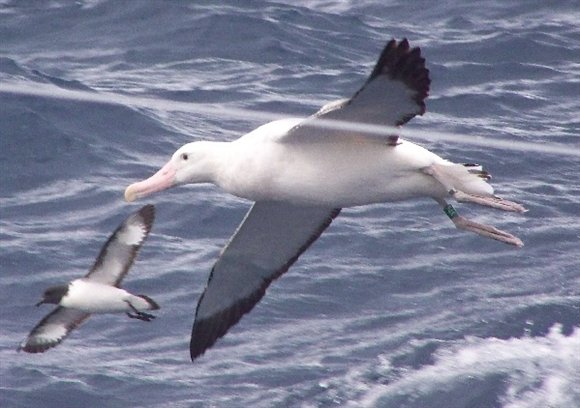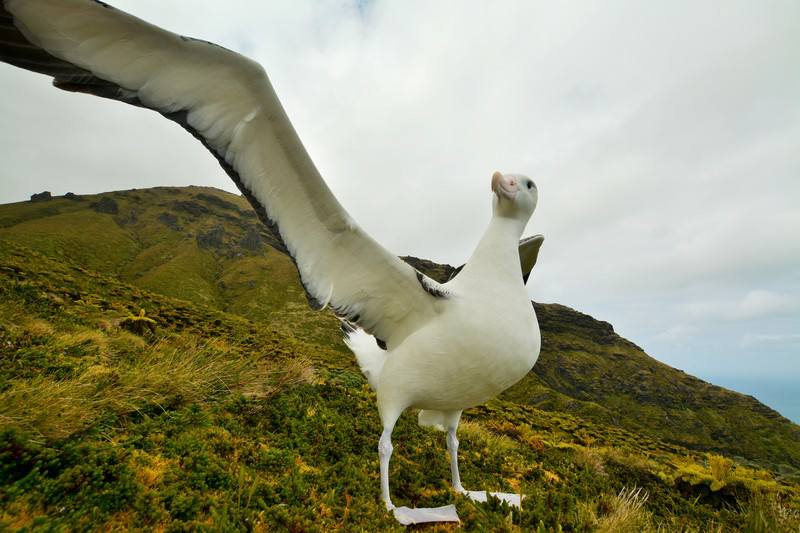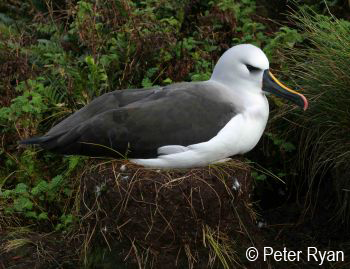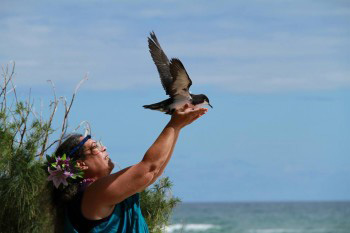Peter Ryan (FitzPatrick Institute, University of Cape Town, South Africa) and colleagues have published in the journal Polar Biology on the distribution of the Short-tailed Shearwater Ardenna tenuirostris in the Southern Ocean.
“Short-tailed Shearwaters Ardenna tenuirostris are transequatorial migrants that breed at islands in southern Australia and spend the austral winter in the North Pacific. Adults feeding chicks undertake long foraging trips into Antarctic waters (to 70°S) across a broad longitudinal range (mainly 55–180°E). In mid-March 2017, we observed thousands of shearwaters in the vicinity of Bouvetøya (from 55°S 0°E to 50°S 8°E). These observations occurred more than 2000 km west of the documented range of this species, and raise the possibility that some Short-tailed Shearwaters migrate to the North Atlantic Ocean. Further observations are needed to determine whether this is a regular behaviour that has been overlooked in the past due to confusion with Sooty Shearwaters A. grisea, or whether 2017 was an unusual year for Short-tailed Shearwaters.”
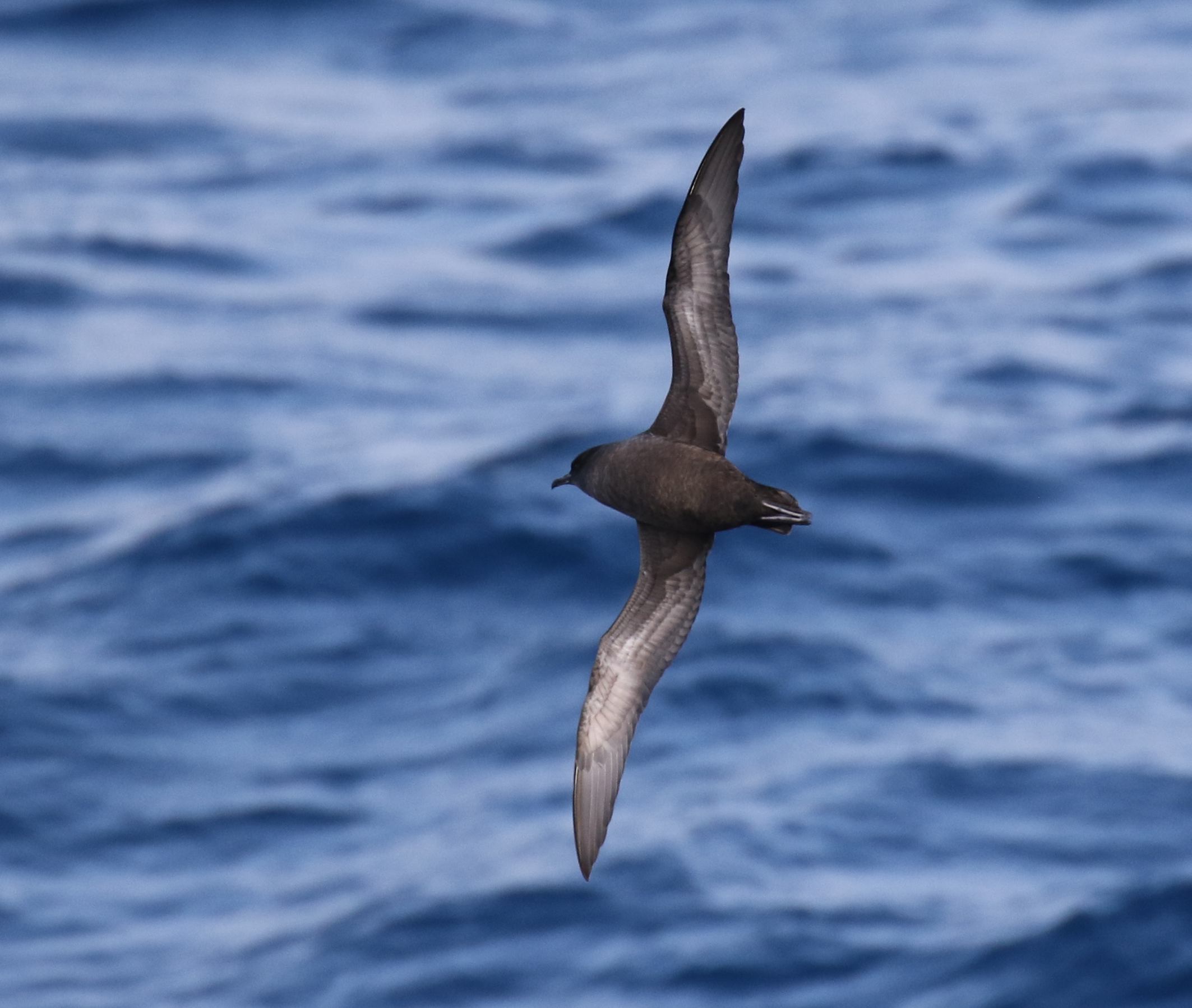
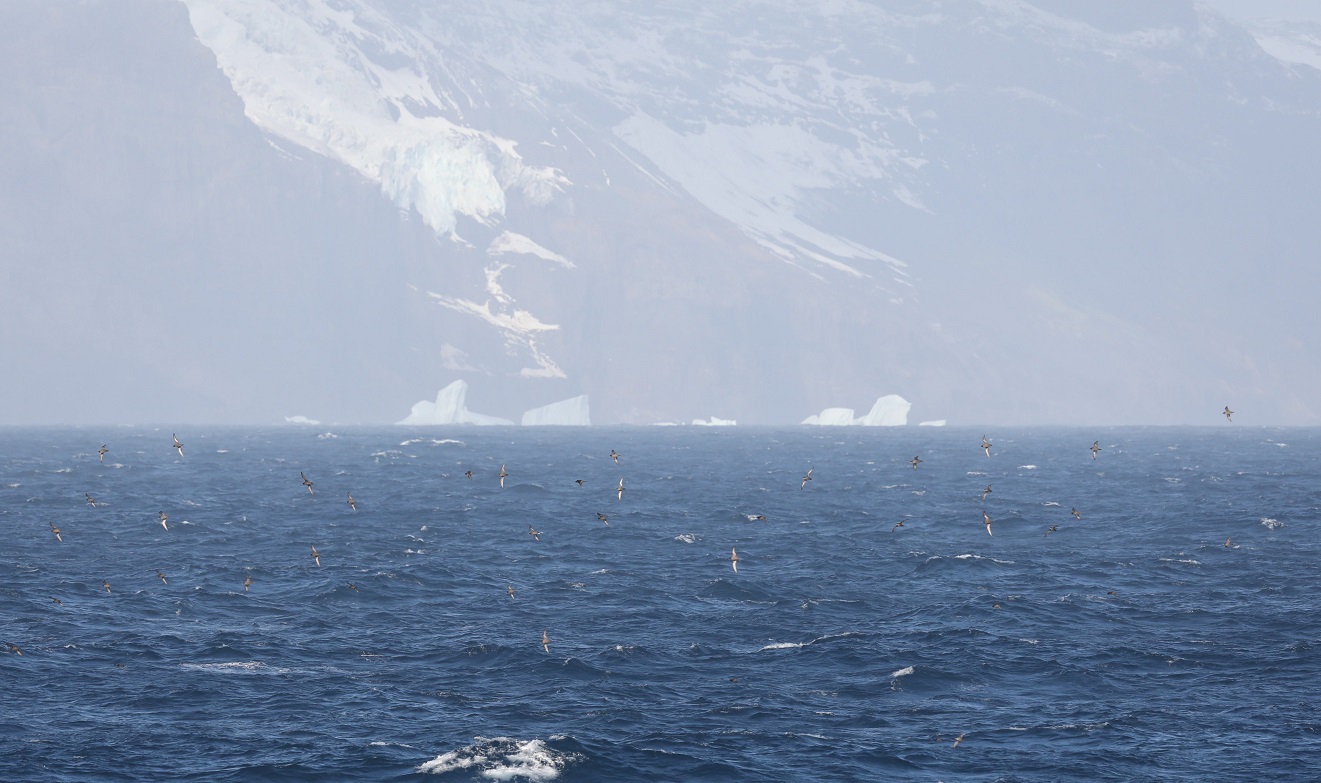
Short-tailed Shearwaters off Buvet Island, photographs by Peter Ryan
With thanks to Peter Ryan.
Reference:
Ryan, P.G., Le Bouard, F. & Lee, J. 2017. Westward range extension of Short-tailed Shearwaters Ardenna tenuirostris in the Southern Ocean. Polar Biology doi:10.1007/s00300-017-2146-8.
John Cooper, ACAP Information Officer, 26 June 2017

 English
English  Français
Français  Español
Español 